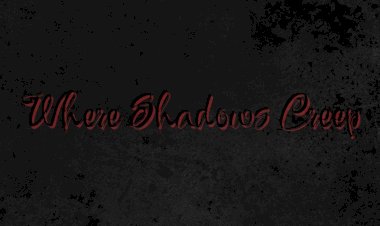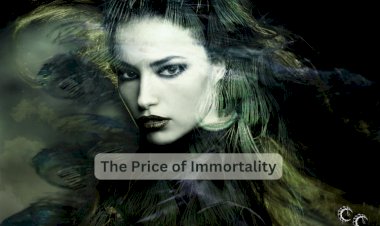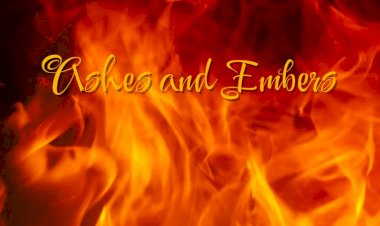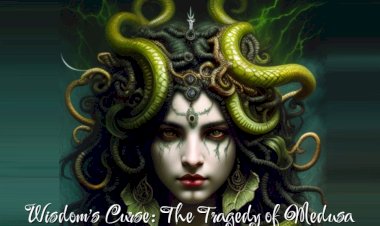Exploring Different Writing Styles: From Descriptive to Concise

Every writer has a unique style, shaped by their voice, audience, and purpose. Mastering a variety of writing styles is crucial for versatility and connecting effectively with readers. Let’s dive into two distinct approaches—descriptive and concise—and explore how to use each style to enhance your writing.
Descriptive Writing
Descriptive writing focuses on painting vivid images in the reader’s mind, often using sensory details, metaphor, and emotion. It’s ideal for storytelling, creative works, and immersive narratives.
When to Use It
- Creative Writing: Novels, short stories, and poetry often thrive on descriptive writing to draw readers into a world.
- Marketing and Branding: A product description or ad copy benefits from vivid imagery to captivate potential customers.
- Setting a Scene: Blogs or articles that evoke mood or emotion, such as travel or food writing, often rely on descriptive elements.
Key Features
- Rich Detail: Use adjectives, adverbs, and sensory language to describe settings, characters, or emotions.
- Imagery: Employ metaphors, similes, and personification to make abstract concepts tangible.
- Pacing: Slow down to fully explore a moment or experience.
Example
Descriptive Style:
"The golden rays of the setting sun dipped below the horizon, casting a warm, amber glow over the rippling waves. The air was fragrant with the salty tang of the sea, mingling with the earthy aroma of the nearby pines."
This approach immerses the reader, creating a vivid, emotional connection to the scene.
Concise Writing
Concise writing values brevity and clarity, delivering the most information in the fewest words. It’s essential for professional, academic, or instructional content.
When to Use It
- Business Communication: Emails, memos, and reports benefit from brevity to save time and maintain professionalism.
- Technical Writing: Manuals and instructions prioritize clarity and simplicity to ensure understanding.
- Social Media: Character limits and attention spans demand succinct, impactful messaging.
Key Features
- Clarity: Focus on the core message and remove unnecessary words.
- Direct Language: Avoid figurative language and use simple, straightforward terms.
- Pacing: Keep sentences and paragraphs short to improve readability.
Example
Concise Style:
"The sun set, its light reflecting off the water. The air smelled of salt and pine."
This version delivers the same essential information without elaboration.
How to Choose the Right Style
- Audience: Understand who you’re writing for and what they expect. Creative audiences may appreciate descriptive details, while busy professionals value concise communication.
- Purpose: If your goal is to inform or instruct, conciseness works best. If you want to entertain or evoke emotion, descriptive writing is more effective.
- Context: Different formats call for different approaches. A novel requires rich description, while a press release demands directness.
Blending Descriptive and Concise Writing
Often, the best writing balances these styles. Use descriptive elements to draw readers in, then switch to concise language to keep their attention. For example:
Blended Style:
"The sun dipped below the horizon, casting its golden glow on the rippling waves. The scent of salt filled the air, as night settled over the calm sea."
This combines vivid imagery with brevity, creating a polished, engaging effect.
Practice Tips
- Write the same paragraph twice: once descriptively and once concisely. Analyze the impact of each.
- Edit for balance. Highlight areas that feel too wordy or too sparse and adjust accordingly.
- Read widely. Observe how authors adapt their style to fit different genres and audiences.
By mastering descriptive and concise writing, you’ll be equipped to adapt your style to any purpose or audience, elevating your craft and making your words resonate.





























